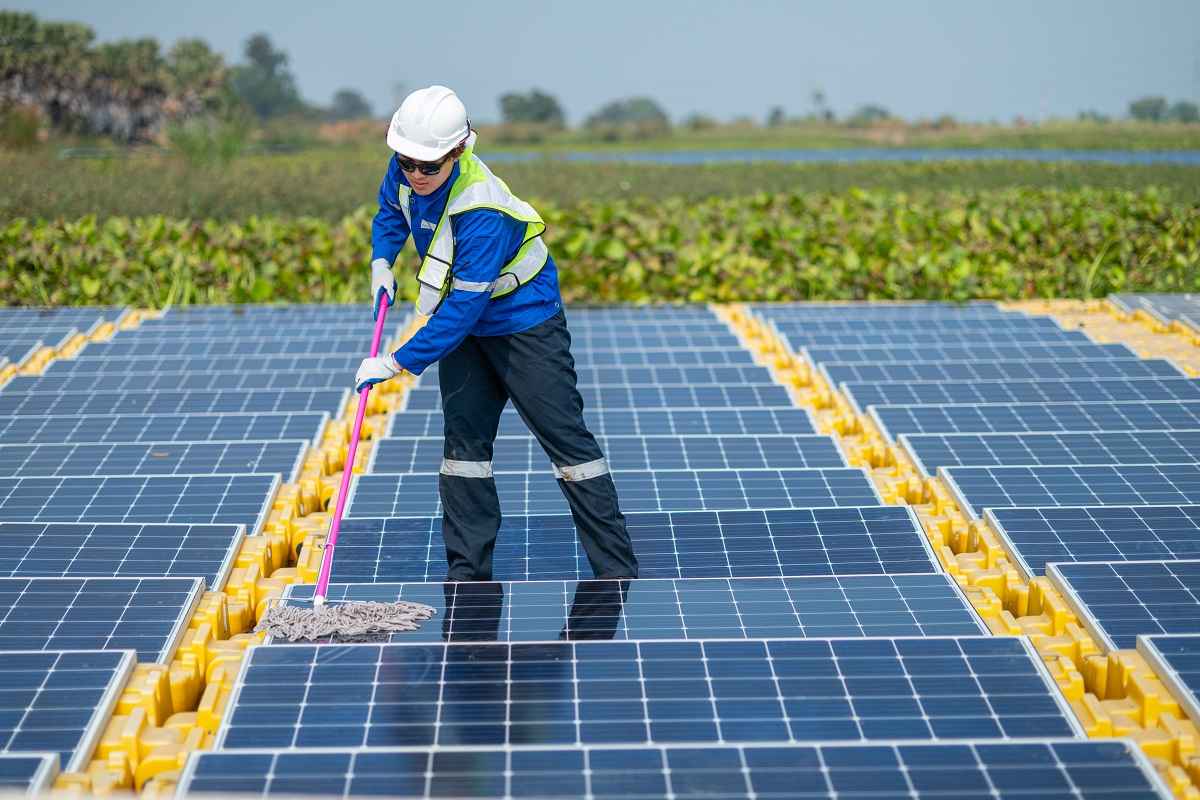What Is Grid Integration of Renewable Energy?
Grid integration of renewable energy refers to the process of incorporating renewable energy sources like solar, wind, hydroelectric, and biomass into the existing electrical grid. This integration is essential for a sustainable energy future, as it enables the seamless operation of renewable energy systems alongside conventional power sources. Grid integration involves various technologies, practices, and policies that ensure renewable energy is efficiently and reliably delivered to consumers while maintaining grid stability.
The primary challenge in grid integration is managing the intermittency and variability of renewable energy. Solar and wind power, for example, are subject to weather conditions, which can lead to fluctuations in energy generation. Grid integration addresses this challenge by using technologies like energy storage systems to store excess energy for later use, and smart grid technology to balance supply and demand in real-time.
Grid integration also involves grid control systems, which are responsible for coordinating the flow of electricity across the grid. These systems ensure that renewable energy is integrated without compromising grid stability. Microgrids and distributed energy resources (DERs) are additional components of grid integration, allowing for localized energy generation and greater flexibility in managing energy distribution.
Why Learn About Grid Integration of Renewable Energy Nowadays?
Learning about grid integration of renewable energy is more relevant than ever as the world transitions to renewable energy sources to combat climate change and promote sustainability. Grid integration plays a crucial role in enabling this transition by addressing the challenges of incorporating renewable energy into the existing electrical grid. Here are some reasons why learning about grid integration of renewable energy is valuable:
First, grid integration of renewable energy is essential for environmental sustainability. By enabling the integration of renewable energy sources, grid integration helps reduce carbon emissions and promotes the transition to a low-carbon economy. Learning about grid integration equips you with the skills to support the deployment of renewable energy and contribute to environmental sustainability.
Second, grid integration of renewable energy plays a key role in energy resilience and reliability. By incorporating renewable energy into the grid, grid integration reduces the dependence on centralized power sources and enhances the resilience of the electrical grid against disruptions. Understanding grid integration principles helps ensure a stable energy supply and minimizes the risk of outages.
Third, learning about grid integration of renewable energy offers a wide range of career opportunities. Professionals with expertise in grid integration can work in various fields, including energy engineering, renewable energy consulting, utility management, and sustainability policy. The ability to design and manage grid integration projects is highly valued, providing career growth and development opportunities.
Work in Grid Integration of Renewable Energy
Working in grid integration of renewable energy involves a range of roles and responsibilities focused on designing, implementing, and managing the integration of renewable energy sources into the electrical grid. Grid integration professionals collaborate with various stakeholders, including utility companies, renewable energy developers, and regulatory agencies, to ensure that renewable energy is seamlessly integrated into the grid.
A typical day for a grid integration professional might include analyzing energy data, designing grid integration systems, and coordinating with project teams to implement grid integration projects. Grid integration professionals use tools like energy modeling software, grid management systems, and smart grid technology to ensure that renewable energy is integrated efficiently and reliably.
Grid integration professionals often specialize in specific areas, such as renewable energy integration, energy storage, or microgrid systems. Each specialization requires unique skills and knowledge. For example, renewable energy integration experts focus on incorporating solar and wind into the grid, while energy storage specialists design battery systems to store and manage excess energy.
The work environment for grid integration professionals can vary, with roles in offices, on-site at renewable energy projects, and in meetings with stakeholders to discuss project development and grid integration strategies. This variety adds to the appeal of the career, offering a mix of technical work and project management.
Career progression in grid integration of renewable energy can lead to roles like senior grid integration engineer, microgrid project manager, or director of grid integration. With experience, professionals may move into leadership positions, overseeing grid integration programs and driving renewable energy deployment. Some choose to work in consulting, providing expertise in grid integration to various organizations.
Why Is Grid Integration of Renewable Energy Crucial for Innovation?
Grid integration of renewable energy is crucial for innovation because it drives the development and adoption of technologies and practices that ensure the seamless incorporation of renewable energy sources into the electrical grid. Grid integration fosters innovation by addressing the challenges of integrating renewable energy while maintaining grid stability and reliability. Here are some reasons why grid integration of renewable energy is key to fostering innovation:
First, grid integration of renewable energy promotes energy resilience and flexibility. By enabling localized energy generation through microgrids and distributed energy resources, grid integration enhances energy resilience and allows for flexible energy distribution. This focus on resilience drives innovation by promoting adaptive grid technologies and systems.
Second, grid integration of renewable energy supports renewable energy deployment and diversification. By facilitating the incorporation of various renewable energy sources, grid integration encourages the transition from fossil fuels to sustainable energy. This drives innovation by promoting renewable energy technologies and expanding the energy mix. Third, grid integration of renewable energy is essential for energy storage and smart grid technologies. By integrating energy storage systems and smart grid technology, grid integration ensures efficient energy distribution and grid stability. This emphasis on energy storage fosters innovation by promoting advanced energy management and demand response systems


